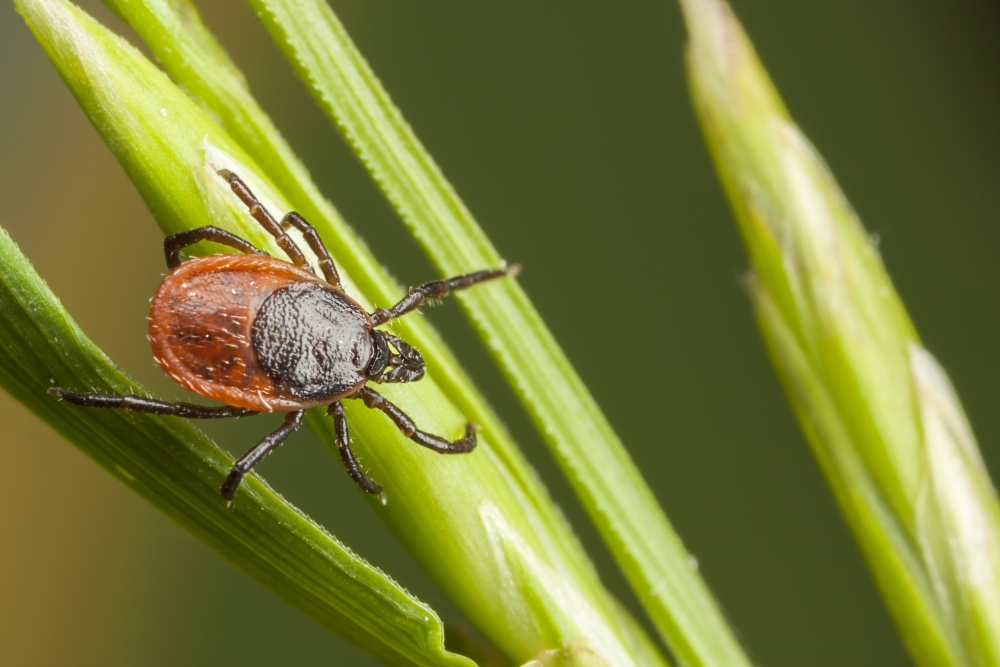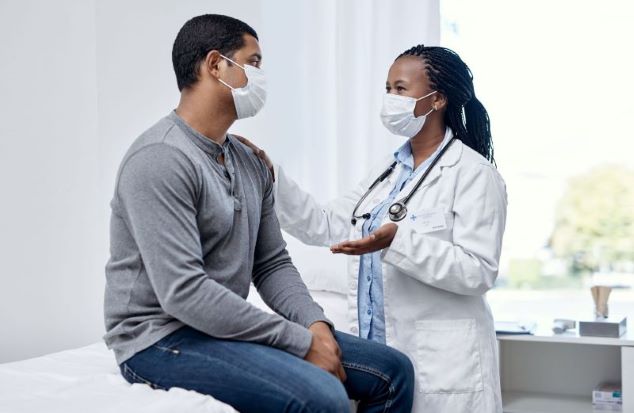Lifestyle
Allergies and bugs, oh my!

The arrival of spring brings not only nice (and stormy) weather but allergies and bugs.
You see them around town: cars that are typically white with a yellow sheen on them. The rain may help wash it out of the air, but that is short lived.
You also hear the sneezing and runny noses. Grab the tissues, you’re going to need them.
Those with seasonal spring allergies usually start to see symptoms in early March and last through May.
Tree and grass pollens can trigger allergy symptoms such as sneezing, runny or stuffy nose, swollen mucous membranes, coughing and itchy, watery eyes.
Allergens enter your body through the eyes, nose or mouth and can eventually reach your lungs. If over-the-counter drugs aren’t helping, it’s recommended to see an allergist to pinpoint the exact trigger.
With all that pollen comes the arrival of bugs. Bees are beneficial, but being stung by one is not fun. The same goes for wasps, yellow jackets, hornets and fire ants.
There are three types of reactions and the severity of symptoms varies from person to person. A normal reaction sets off pain, swelling and redness around the sting site.
A large local reaction causes swelling that extends beyond the sting site. A person stung on the ankle may have swelling of the entire leg. While it often looks alarming, it’s usually no more serious than a normal reaction. Large local reactions peak at about 48 hours and gradually get better over 5-10 days.
The most serious reaction is an allergic reaction, which can be mild or severe. Mild reactions can cause pain, redness, pimple-like spots, mild to moderate swelling, warmth and itching.
Severe allergic reactions (also called an anaphylactic reaction) can include trouble breathing, hives that appear as a red, itchy rash and spread to areas beyond the sting, swelling of the face, throat or any part of the mouth or tongue, wheezing or trouble swallowing, restlessness and anxiety, rapid pulse, dizziness or a sharp drop in blood pressure, stomach cramps, and/or nausea or diarrhea.
This type of reaction requires emergency treatment.
Anyone who is stung by a bee needs to first remove the sac of venom and stinger by gently scraping the sac and stinger out with a fingernail or a stiff-edged object like a credit card. Don’t squeeze the sac or pull on the stinger.
Wash the area with soap and water than apply an antiseptic. Apply soothing ointment, like a hydrocortisone cream or calamine lotion and cover with a dry, sterile bandage.
Apply an ice pack or cold compress if swelling occurs.
Take an over-the-counter oral antihistamine to each itching, swelling and hives. Ibuprofen is another option to take for pain relief.
There are other insects to be on the lookout for. These are the ones that feed off the blood of animals.
Ticks are pesky little bugs that feed off other animals or people and can transmit serious diseases such as Lyme disease, Rocky Mountain spotted fever, and many more.
There are no vaccines for those tick-borne illnesses, which also include ehrlichiosis and anaplasmosis, so the only way to prevention infection is to not get bitten.
It’s recommended to use an insect repellant containing DEET on exposed skin and treat clothing and footwear with a permethrin-based repellant that provides weeks of protection and remains through several washings. Tuck your pants into your socks to reduce the amount of exposed skin. When hiking, stay on well-worn paths and out of tall grass or bushy areas.
Check for ticks immediately after being outdoors.
If you do discover a tick, use tweezers to remove it as close to the skin as possible. Don’t grab it with your fingers and squeeze it. That injects the tick fluids into you and increases the risk of infection.
If you do suffer a tick bite and develop a fever one to two weeks later, see a doctor. The incubation period for tick-borne diseases is eight to 14 days.
Protect your dog with tick collars or monthly treatments.
Mosquitoes are another pesky insect that can wreak havoc. Preventing mosquito bites and hatching grounds is also key. DEET repellent is recommended, along with picardin, IR3535, oil of lemon eucalyptus, and BioUD (comes from tomatoes).
It is also recommended to get rid of any standing water that can be a breeding ground for mosquitoes.
A little prevention can go a long way in making outdoor activities fun!


